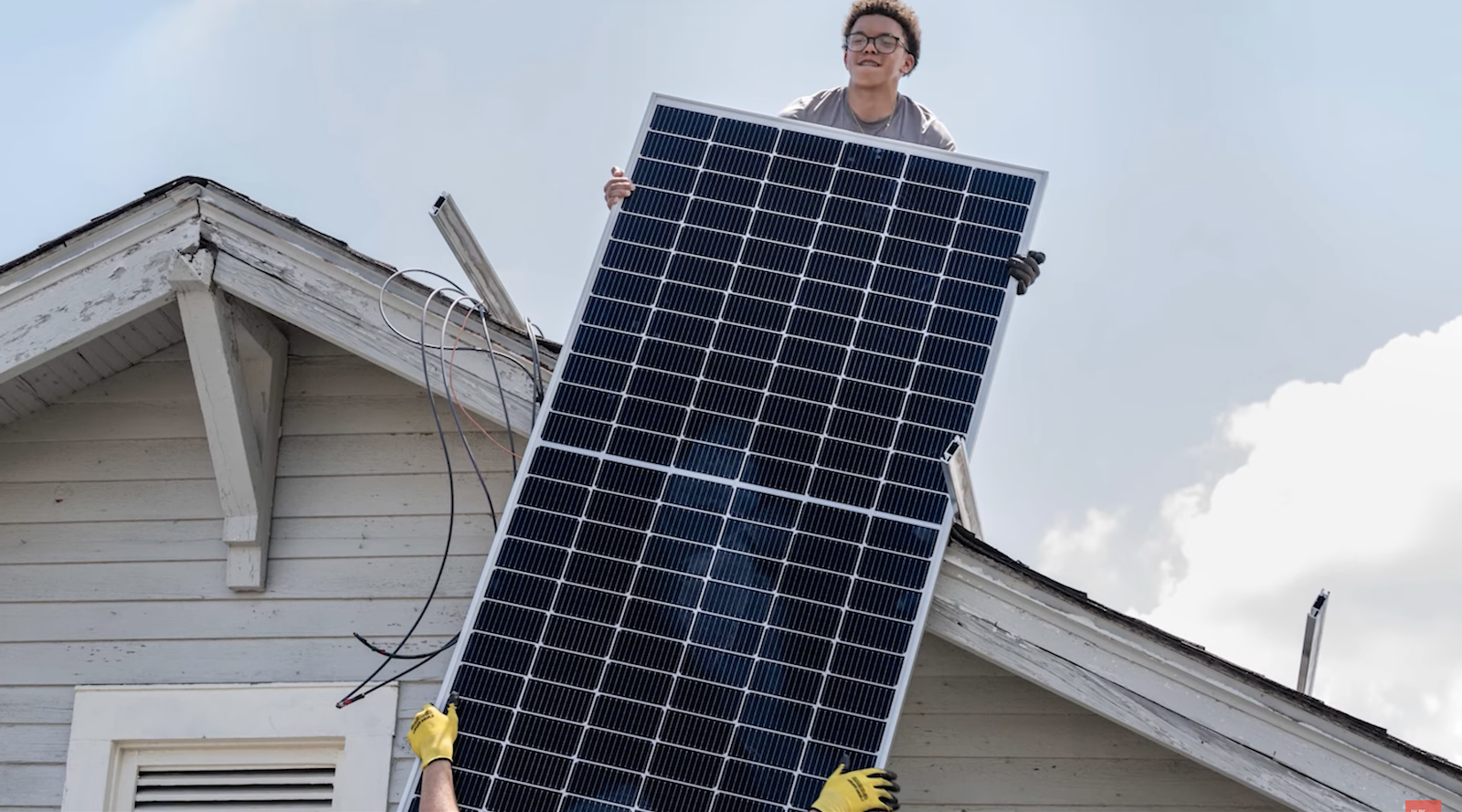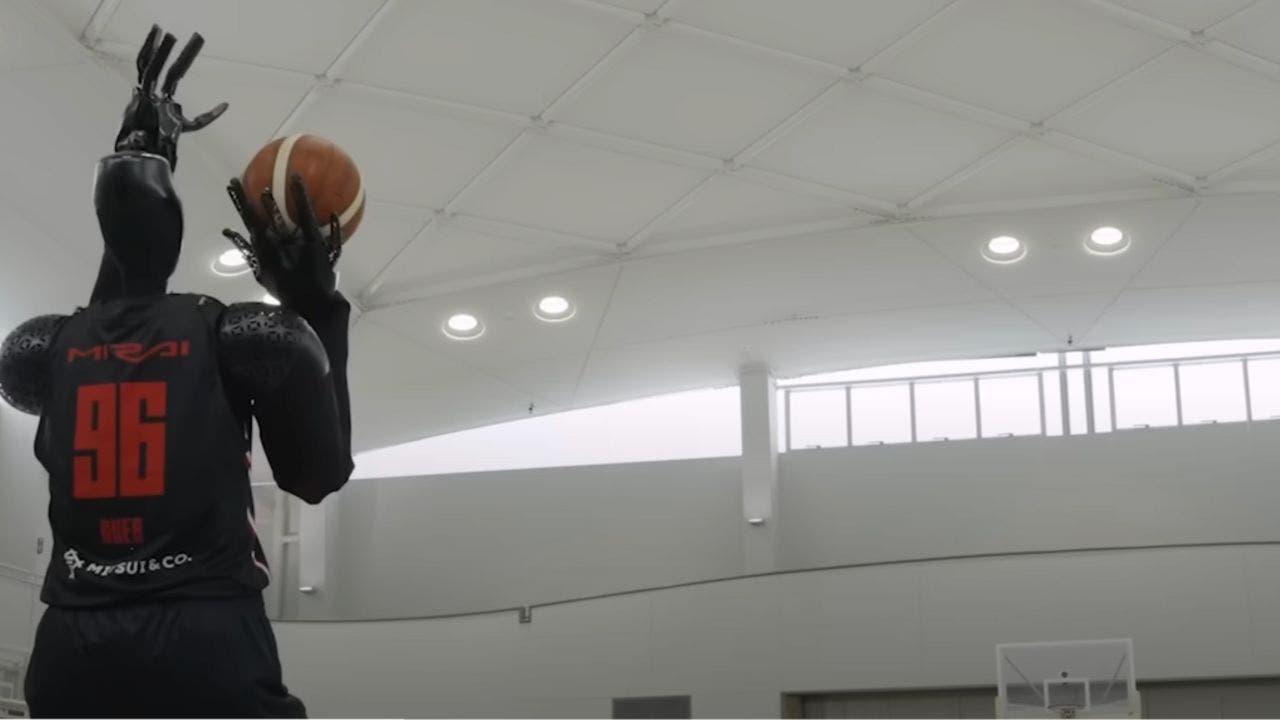2024 was a busy year for Louisiana Considered. Here are some of our favorite stories and interviews, picked by our hosts.
Food historian Zella Palmer’s new podcast explores intersection of cuisine and culture
Zella Palmer, local food historian and the director and chair of Dillard University’s Ray Charles Program in African American Material Culture tells us about her new podcast, “Culture and Flavor.” She interviews chefs, restaurateurs and culture bearers in the New Orleans community who share their culinary journeys. Some guests come from as far away as South Carolina’s Gullah/Geeche islands, Canada’s Northern Territories and even West Africa. All have found an intersection between traditional Crescent City Cuisine and the meals connected to their cultures.
Our host Karen Henderson loved hearing about Zella’s childhood, and the numerous guests from around the world who shared their cuisines at her parents’ dinner table. It brought up emotions around foods from her childhood, like her grandmother’s candied sweet potatoes and her aunt’s homemade biscuits.
Oral history project celebrates artist Clementine Hunter
Another story that stood out for Karen was about the LSU Museum of Art’s oral history project on artist Clementine Hunter. Born in 1887, Hunter was a self-taught Black folk artist, who lived and worked on Melrose Plantation and depicted early 20th century plantation life in her work. Before her death in 1988 at the age of 101, Hunter became the first artist to have a solo show at the New Orleans Museum of Art.
LSU Museum of Art educator and public programs manager Callie Smith, and LSU graduate student and interviewer Sarah Nansubuga, told us how they used conversations with Hunter’s family to capture her story.
“As the researchers dug into Clementine’s life story, they learned things about her personality, interests and relationships that added color to her life. This wasn’t just any story about any artist. Through oral history interviews, the researchers gave us a fuller picture of who Clementine Hunter really was,” Karen said.
Baquet exhibit showcases decades of Black life in NOLA
Diane Mack’s pick was our story about Loyola University’s College of Music and Media’s exhibit celebrating Harold Baquet, a legendary New Orleans photographer who spent 30 years capturing the city, specifically Black political figures and daily life. “A Tribute to Harold Baquet: Picturing Blackness” features Baquet’s works and the works of 10 local photographers he inspired. We spoke with L. Kasimu Harris, the photographer and exhibit curator, and Cheron Brylski, wife of the late Harold Baquet and former political speechwriter and press secretary.
In addition to Harold’s incredible talent, this conversation was personal for Diane, as she knew Harold and his wife Cheron. She would bump into them at City Hall back in the ‘80’s as a reporter covering stories for WDSU TV. It was fun to catch up on old times with Cheron, and most of all, to chat about Harold’s legacy and photos that continue to garner attention today.
Alexandria native to debut film about his hometown
Many filmmakers across the country flock to New York or LA with the goal of creating blockbuster hits in big markets. But 24-year-old filmmaker Justin Carmouche headed back to his hometown in Louisiana for his first feature film. Justin, who is also known as “Mouche,” spoke to us about his filmmaking journey and his new movie, “Alexandria.”
“Justin has been making films since he was 13! Let that sink in for a moment. He was so young when he knew filmmaking was his calling and he basically bloomed where he was planted, never forgetting his hometown of Alexandria. And he followed his dream to uplift his community through art,” Diane said.
LSU’s Vernon Norwood reflects on journey after winning gold at Olympics
The 2024 Paris Olympics saw no shortage of impressive feats from Louisiana athletes. Of the nearly 30 competitors who went to or currently attend LSU, eight came home with medals. Track athlete Vernon Norwood came home with two, a silver in the mixed 4 x 400 relay and a gold in the men’s 4 x 400 relay – for which he was also a defending champion. Norwood spoke to us about his incredible performance and unexpected journey to the Olympics.
“He talked about using sports as his path out of the life situation he was in where he grew up. He wrote an essay about all of this called The Way Out, and how he went from not thinking he would ever attend college to landing atop an Olympic platform. He spoke about the support he had along the way, and how despite four medals, his greatest achievement is his college degree,” said host Adam Vos.
Creative writing workshop for aging storytellers
Everybody has a story to tell, but not everyone has the confidence, training or even the right words to tell it. But at the Arts Council of Baton Rouge , a new creative writing workshop encourages storytellers — specifically those 55 years old and up — to put pen to paper.
Pam Bordelon, participant, editor and facilitator spoke to us about this workshop and the anthology of short stories recently published by participants.
Adam enjoyed hearing about the experience working with people who don’t think of themselves as writers, but learned to put pen to page. While writing can sometimes feel like a gatekept practice, Adam enjoyed learning how many participants gained the confidence to tell their stories. After all, with 55+ years of life experiences, there were no shortages of stories to tell.
‘A King Like Me’ gives intimate look at NOLA’s oldest Black Krewe
This fall saw the premiere of the documentary, “A King Like Me,” which takes an intimate look at the Zulu Social Aid and Pleasure Club, the oldest Black Krewe in New Orleans. But while the film celebrates the club’s history, it also examines some of the difficult things members have had to grapple with, like the pandemic, Hurricane Ida and gun violence. The film’s director, Matthew Henderson, and one of the stars of the film, Terrance Rice, told us about this deep dive into Zulu’s history and legacy.
Our host, Bob Pavlovich was interested to learn about Zulu’s community engagement, which has also been a part of the krewe’s tradition as a social aid and pleasure club. He was also intrigued by the krewe’s origins and inspiration from Vaudeville and Theatre, their good-natured ribbing of White Society from the very start; and their resilience, through segregation, Katrina, and the pandemic to remain a Mardi Gras mainstay.
Lafayette man creates one of world’s hottest peppers
“Superhot: The Spicy World of Pepper People” is a new Hulu docuseries that chases so-called “chili heads” around the country as they hunt for the spiciest pepper. One of the stops is Lafayette, Louisiana, where Troy “Primo” Primeaux promotes his 7-Pot Primo as one of the hottest peppers in the world. Primo spoke to us about his creation, the world of chili pepper eating and the new Hulu series.
Bob was struck by Primo’s intensity and passion. After all, he discovered the spicy pepperworld after a career in Rock and Roll music. He needed something else that gave him the same adrenaline rush as performing on stage, and peppers filled this void.
Steve Gleason explores life, career, family and journey with ALS in new memoir, ‘A Life Impossible’
Most New Orleanians’ first memory of Steve Gleason is when the former Saints player blocked a punt against the Atlanta Falcons in the team’s first game back in the Superdome after Hurricane Katrina.
But in the years since, Gleason’s been living with ALS, a disease that attacks nerve cells and renders patients unable to move, speak and breathe on their own. Still, Gleason has had some extraordinary accomplishments since his diagnosis, like fathering two children, founding Team Gleason, and most recently, writing a memoir, titled ‘ A Life Impossible.’ He spoke about writing a book with his eyes, and what his memoir reveals about his life, family and journey with ALS.
The interview process itself was intensely emotional for our managing producer, Alana Schreiber. She first met Steve after competing for his charity, Team Gleason, at the Crescent City Classic. Once Steve agreed to an interview, she submitted the questions weeks in advance so he would have time to prepare answers. She was invited into his home to record the interview live, where his answers were thoughtful and eye-opening. Because Alana has a friend living with ALS, this interview was all the more meaningful and she’s endlessly grateful to Steve and his family for their generosity.
LSU’s first Black homecoming queen
In November, LSU celebrated 100 years of Tiger Stadium in a game against Ole Miss. Throughout the fall, Louisiana Considered marked the centennial with a series of stories on the history of Death Valley.
Renée Boutte Myer, the first Black student to be crowned homecoming queen at LSU, spoke with our intern Martin Sullivan, about what she remembers from the night she made history.
Why this stands out to Alana: The night Renée Boutte Myer was crowned homecoming queen was the same night as Louisiana’s gubernatorial election between David Duke and Ed Edwards. She spoke to us about being publicly recognized on an evening that was already rife with political and racial tension. She was honest about her experience, the positive memories and the more disturbing ones.


/cloudfront-us-east-1.images.arcpublishing.com/gray/HYU2SMAHEVBEBBUFUSONBF4M6A.jpg)






















/cdn.vox-cdn.com/uploads/chorus_asset/file/24924653/236780_Google_AntiTrust_Trial_Custom_Art_CVirginia__0003_1.png)




/cdn.vox-cdn.com/uploads/chorus_asset/file/25672934/Metaphor_Key_Art_Horizontal.png)

